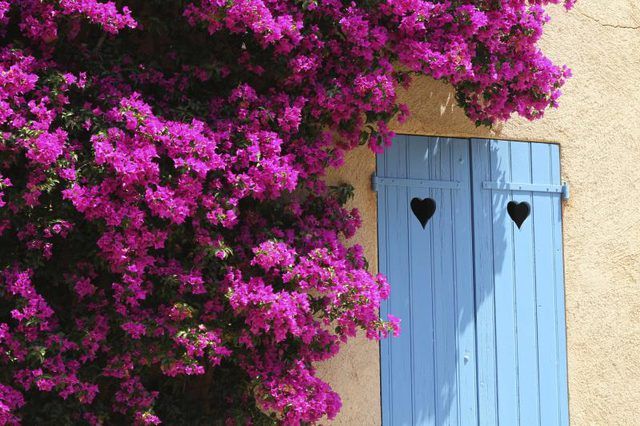Bulbs
Flower Basics
Flower Beds & Specialty Gardens
Flower Garden
Garden Furniture
Garden Gnomes
Garden Seeds
Garden Sheds
Garden Statues
Garden Tools & Supplies
Gardening Basics
Green & Organic
Groundcovers & Vines
Growing Annuals
Growing Basil
Growing Beans
Growing Berries
Growing Blueberries
Growing Cactus
Growing Corn
Growing Cotton
Growing Edibles
Growing Flowers
Growing Garlic
Growing Grapes
Growing Grass
Growing Herbs
Growing Jasmine
Growing Mint
Growing Mushrooms
Orchids
Growing Peanuts
Growing Perennials
Growing Plants
Growing Rosemary
Growing Roses
Growing Strawberries
Growing Sunflowers
Growing Thyme
Growing Tomatoes
Growing Tulips
Growing Vegetables
Herb Basics
Herb Garden
Indoor Growing
Landscaping Basics
Landscaping Patios
Landscaping Plants
Landscaping Shrubs
Landscaping Trees
Landscaping Walks & Pathways
Lawn Basics
Lawn Maintenance
Lawn Mowers
Lawn Ornaments
Lawn Planting
Lawn Tools
Outdoor Growing
Overall Landscape Planning
Pests, Weeds & Problems
Plant Basics
Rock Garden
Rose Garden
Shrubs
Soil
Specialty Gardens
Trees
Vegetable Garden
Yard Maintenance
Bougainvillea Flower Information
Bougainvillea Flower Information. Admiral Louis de Bougainvillea, a French navigator, discovered this lovely plant in 1768 after he traveled to South America, the bougainvillea's native region. Although bougainvillea are only hardy in the warmer climates characteristic of U.S. Department of Agriculture plant hardiness zones 8 through 11, gardeners...

Admiral Louis de Bougainvillea, a French navigator, discovered this lovely plant in 1768 after he traveled to South America, the bougainvillea's native region. Although bougainvillea are only hardy in the warmer climates characteristic of U.S. Department of Agriculture plant hardiness zones 8 through 11, gardeners in cooler regions can still enjoy their beauty by growing them as annuals or in containers brought indoors during the winter. Bougainvillea naturally climbs, making it well suited for growing near walls or on a trellis. Gardeners can also train it to grow as a hedge or shrubby potted plant.
Bougainvillea Facts
The colorful blooms on bougainvillea aren't flowers at all. Rather, they are the plant's bracts, a type of modified leaf that's typically small and located just below a plant's flower. Bougainvillea’s flowers are the tiny, creamy-white structures located in the middle of the bract. These tropical and subtropical evergreens grow sturdy, woody, thorny vines that typically require support from a nearby wall or trellis.
Colorful Cultivars
Bougainvillea bloom in a rainbow of colors, ranging from brilliant white to deep magenta. Barbara Karst (Bougainvillea "Barbara Karst") adds vibrant fuchsia to the garden, while Cherry Blossom (Bougainvilla "Cherry Blossom") blooms with delicate light pink and rose-colored bracts. Both are hardy in USDA zones 10 and 11.
Attractive foliage adorns some cultivars, including Delta Dawn (Bougainvillea "Delta Dawn"), hardy in USDA zones 9 through 11. In addition to its variegated green and white foliage, this drought-tolerant cultivar also has sunny gold-colored blooms. Similarly, the bright purple bracts that bloom on Golden Jackpot (Bougainvillea "MonSam"), hardy in USDA zones 10 and 11, contrast vividly with its bright green-yellow and green leaves.
Growing Tips
Gardeners can easily propagate bougainvillea from 4- to 6-inch cuttings potted in soilless potting mix. Although the plants can grow and become full and leafy in shady spots, planting bougainvillea in a spot that receives more than five hours of full sunlight per day yields the nicest blooms. Maintain even moisture, allowing the soil to dry out slightly between waterings. Bougainvillea generally needs 1 inch of water weekly. It grows in nearly any type of soil, as long as it's well-drained.
Fertilize bougainvillea with a balanced slow-release fertilizer, such as a 10-10-10 or 20-20-20 formula in spring and fall for the plant's first three growing seasons, followed by one annual application thereafter to avoid overfertilizing the plants -- which results in many leaves and few blooms.
Pruning and Pest Management
Bougainvillea resists most pests and diseases, although gardeners should keep an eye out for any spots on the leaves, which may indicate a fungal or bacterial disease. Aphids, tiny pests with long antennae and pear-shaped torsos, occasionally attack bougainvillea's foliage. A strong spray of water or application of pesticide can treat the problem.
Prune the plant after it finishes blooming to avoid inadvertently diminishing its blooms, which occur on the plant's new growth. Remove any dead or damaged limbs in spring or anytime during the growing season.